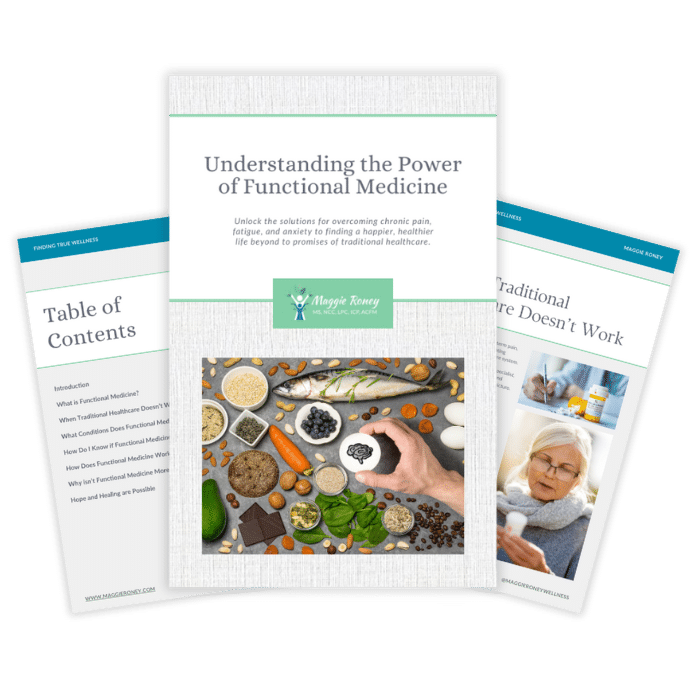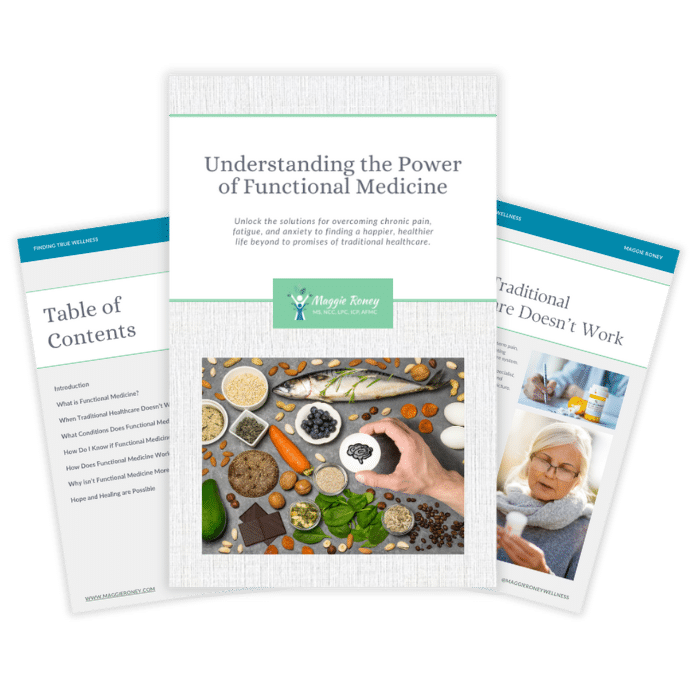Do you ever wish you could quickly and naturally shift from emotional distress to a sense of calm and clarity? Meet emotional transformation therapy (ETT), a groundbreaking approach with a unique combination of science, psychology, and light-based techniques. This innovative therapy has captured the attention of individuals seeking effective methods to address ADHD, anxiety, depression, and trauma without reliance on medication.
Let’s shine a light on how ETT works, its applications, and why it’s transforming the way we think about mental health.
What Is Emotional Transformation Therapy?
ETT is not your typical talk therapy or medication-based treatment. It’s an attachment-focused form of psychotherapy that uses light to stimulate specific brain regions, enabling rapid change in emotional and physical distress. Whether you’re grappling with anxiety, lingering trauma, or ADHD symptoms, ETT offers a resolution that happens faster and goes deeper than most conventional methods.
But wait, why light?
When light enters your eyes, it activates photoreceptors that send electrical impulses throughout your brain and nervous system. These impulses reach areas responsible for emotions, thoughts, and even physical sensations. By tweaking the properties of the light — such as its color and direction — therapists can “guide” these impulses to target specific symptoms, from lingering grief to the physical tension that rage might leave behind.
How ETT Helps with ADHD, Anxiety, Trauma, and More
One of the standout features of ETT is that you don’t have to talk endlessly about your feelings. ETT is designed to be much less verbal and more efficient. Here’s how ETT makes a difference for some common challenges:
ADHD and Focus-Related Issues
ADHD manifests as hyperactivity, distractibility, or difficulty staying focused. And it doesn’t just affect kids. Adults managing ADHD often juggle work deadlines, relationships, and personal goals, enough to make anyone’s brain feel fried.
ETT offers an alternative to traditional treatment by targeting the brain’s emotional regulation centers. Through controlled light stimulation and gentle therapy techniques, clients often find improved focus, reduced impulsivity, and a calmer mind.
Anxiety and Panic
Anxiety can hijack your thoughts, breathing, and even your stomach. ETT uses light-guided therapy to quickly diffuse that sense of internal chaos. Many clients describe feeling a near-instant “reset” that enables them to regain control faster than with deep breathing or mindfulness alone.
Trauma (Acute and Chronic)
Trauma has a sneaky way of embedding itself in your body and mind. Flashbacks, emotional numbness, and heightened alertness can linger long after the actual event that caused the trauma in the first place. ETT excels at accessing and resolving implicit memories, or those deeply buried memories responsible for trauma symptoms.
Where traditional therapies might take months, ETT can often provide substantial relief in just one session. And the best thing is you won’t have to recount every painful detail to get there.
Depression and Emotional Blocks
Depression isn’t just sadness; it’s a heavy blanket of fatigue, despair, and detachment. ETT helps by activating states of extreme well-being through visual brain stimulation. Some clients describe it as feeling “happiness rush back in” after being absent for ages.
The Science of ETT
You might be thinking, “Okay, but does this actually work?” Fair question! ETT is backed by both science and practice.
How Light and Emotional Shifts Are Linked
Every cell in your body has these fascinating things called integral membrane proteins, or IMPs. These proteins respond to light, sound, and other vibrations by converting them into biochemical signals. When the right light wavelength “matches” your emotional state, it creates resonance, similar to how one tuning fork sets another in motion.
This resonance leads to rapid shifts in your neurochemistry, which can unlock emotional blockages and facilitate natural healing.
Four Tools in the ETT Toolbox
ETT therapists use a variety of light-based techniques tailored to individual needs:
- Multidimensional eye movement (MDEM) uses slow, personalized eye movements with visual targets to resolve distress in minutes. Although it involves eye movement, it is different from — and reportedly more precise than — eye movement desensitization and reprocessing (EMDR), which is a popular trauma therapy.
- Spectral resonance technique (SRT) utilizes a specialized chart of intense colors to help regulate emotions quickly and effectively. It is designed to act as a fast-track method to soothe emotional turmoil.
- Peripheral eye stimulation (PES) employs gentle light beams that enter through the periphery of your vision. This technique is ideal for individuals who feel emotionally “stuck” or overwhelmed, and it can even help alleviate migraines.
- A light-emitting device is a visual light machine with hundreds of wavelengths, allowing therapists to target specific emotional or physical states.
Is There Research to Support ETT?
Absolutely. ETT has been explored in both clinical applications and academic research. Studies show its effectiveness in treating PTSD, anxiety disorders, and more, with many therapists reporting significant breakthroughs in just one to three sessions. While ETT isn’t yet as widely known as talk therapy or cognitive behavioral therapy, its growing adoption in the United States and Europe is a testament to its potential.
The book Emotional Transformation Therapy discusses much of the science and case studies behind the technique, shedding light on its applications for conditions such as ADHD, addiction, OCD, and even physical pain.
Is ETT Right for You?
Whether you’re exhausted from trying conventional therapies or simply curious, ETT might provide the breakthrough you’ve been looking for. But it’s not for everyone. Building trust with your therapist is critical since the process involves accessing deep emotional areas. Openness to trying something unconventional is also key.
If rapid relief without heavy reliance on medications sounds appealing, ETT could be your next step. Just be ready — many clients describe the results as “unlike anything they’ve experienced.”
Get in touch with a qualified wellness specialist like Maggie Roney to learn more about ETT and how it can help you reach emotional balance. Schedule a FREE consultation, and set forth on your journey toward a calmer mind, better focus, and improved well-being today!



